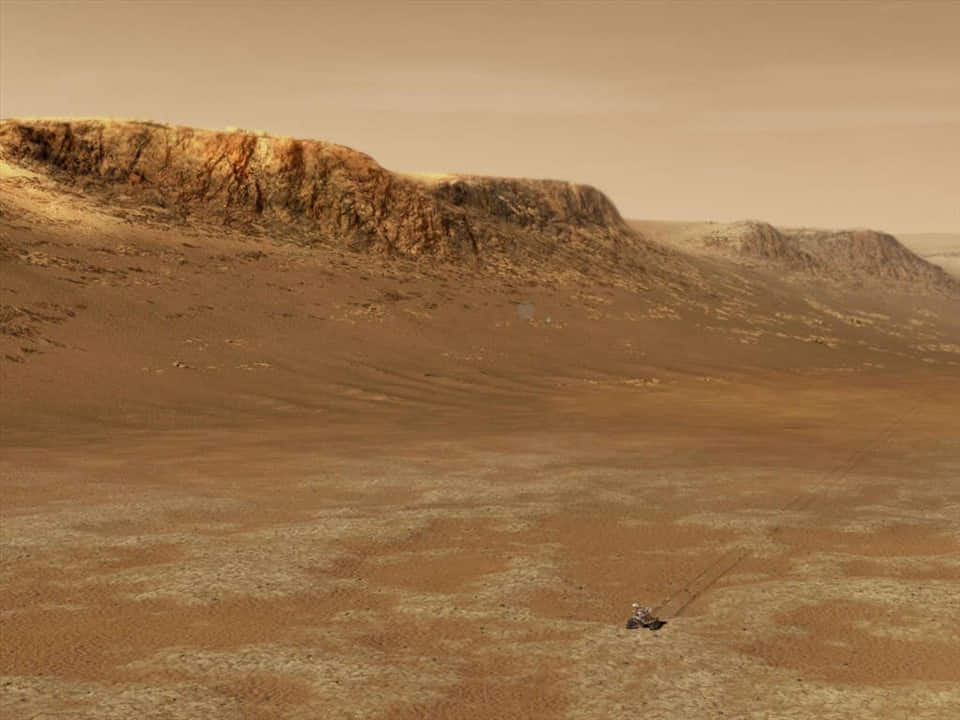Petroglyphs at Sego Canyon (Utah)
These strange sandstone cliff paintings can be found throughout the canyons in Sego (Utah, USA). According to archaeologists, these images were carved by ancient Native Americans 8,000 years ago.
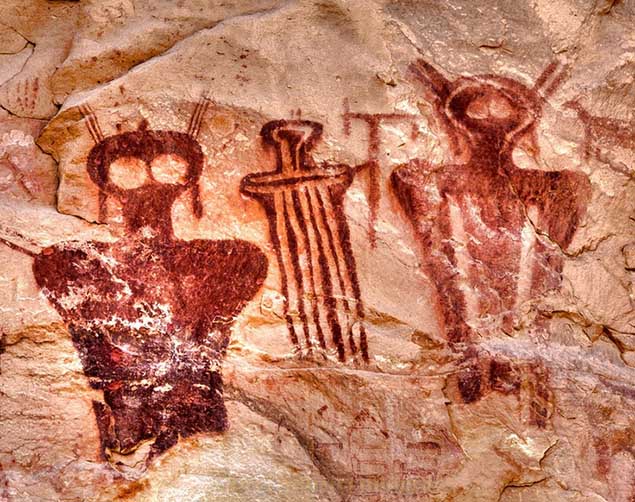
During their migration across the American Southwest, they carved many rich images of wild animal hunting, farming, and life in caves, forming the Barrie Canyon petroglyph style. famous.
Interspersed among them are mysterious anthropomorphic paintings that appear with high frequency, with about 80 paintings throughout the cliffs.
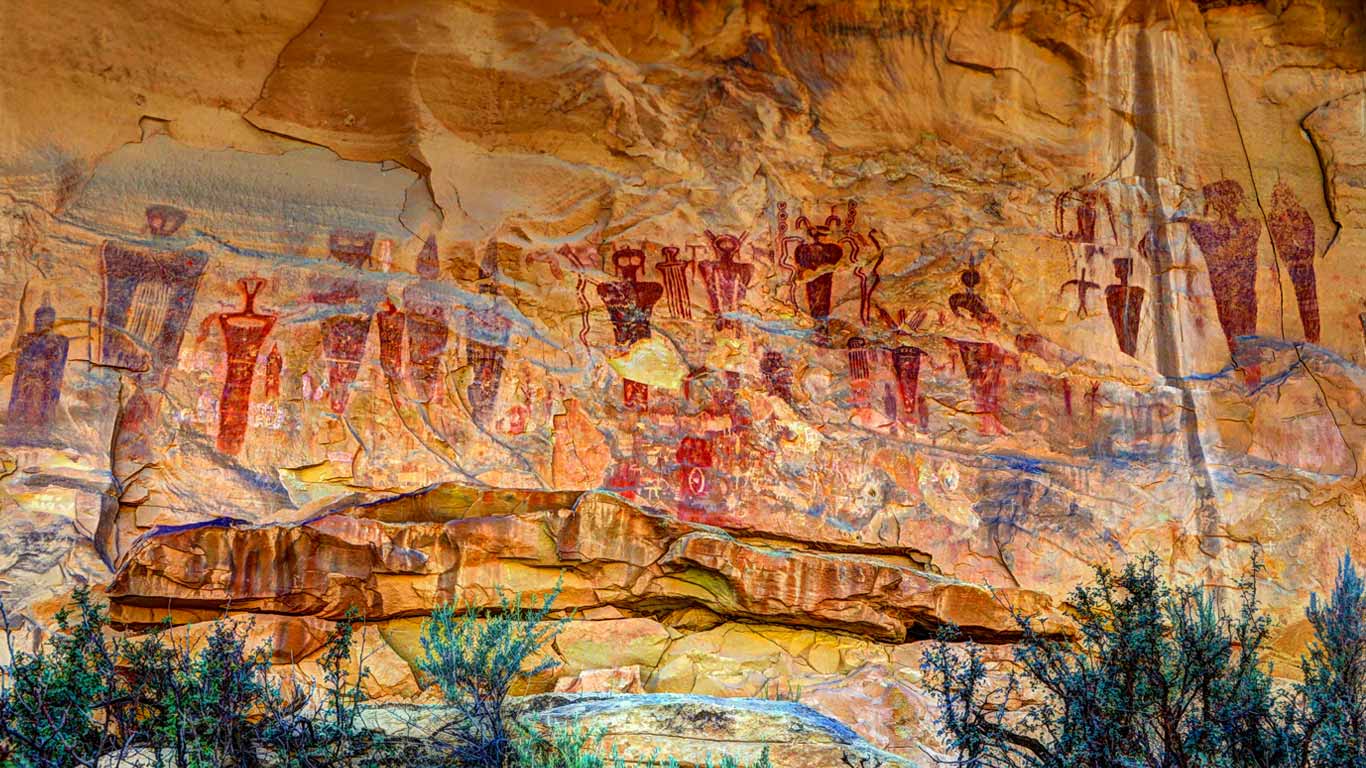
Large drawings in red ink depict strange human figures with bulb-shaped heads and large, deep eye sockets, hanging ears, long horns and even prominent, erect “antennas”. on top of the head.
These bizarre creatures have no arms or legs but “slim” from head to toe along a vertical axis. Some also have ragged snakes surrounding them, which is very scary.
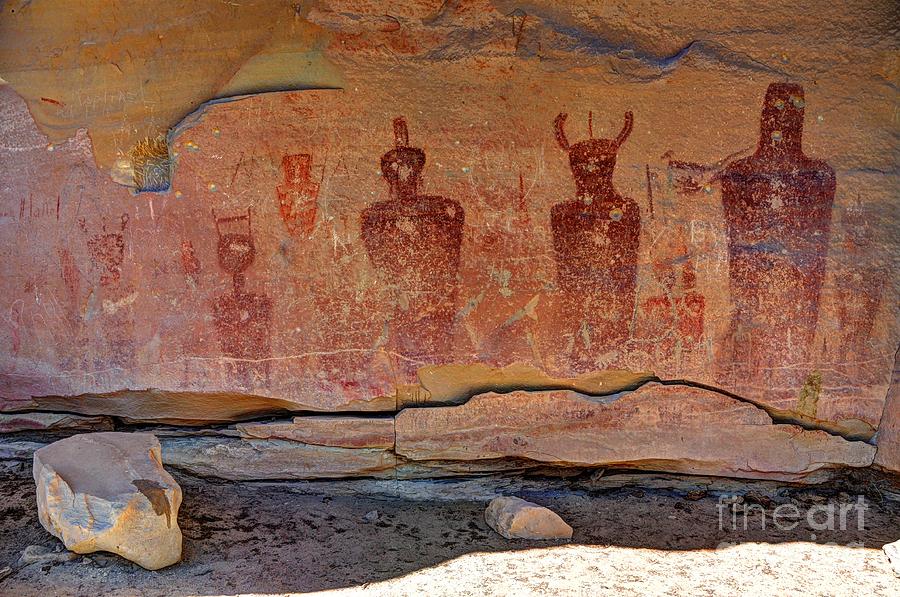
Scholars insist that these strange images depict Shamans (shamans) in a coma-like state during spiritual rituals.
There is also another, more reasonable explanation for the “haunting” paintings above, which is that prehistoric people witnessed with their own eyes strange armies landing on Earth since ancient times. And at that time, our ancestors just had to copy it exactly on the cliffs!
Wondjina giant drawing board at Kimberly Caves (Australia)
These creepy images are called Wondjima, drawn by Australian indigenous tribes as giant drawings on the walls of caves in the Kimberly region, about 3,800 years ago.
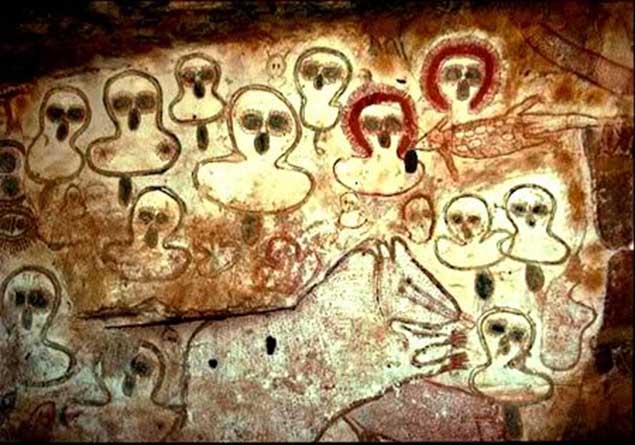
In ancient Australian aboriginal mythology, Wondjima are “sky people” from the Milky Way who descended to earth during the Dreamtime (Creation). It was these supreme beings who created the Earth and humanity, taught a lot of knowledge and were worshiped by all aboriginal tribes.
To this day, the Worora, Ngarinyin and Wunumbul tribes still view Wondjina as the supreme soul, and always worship these drawings. Aboriginal people also believe that, if Wondjina’s image is violated, they will seek revenge with lightning, storms and terrible floods.
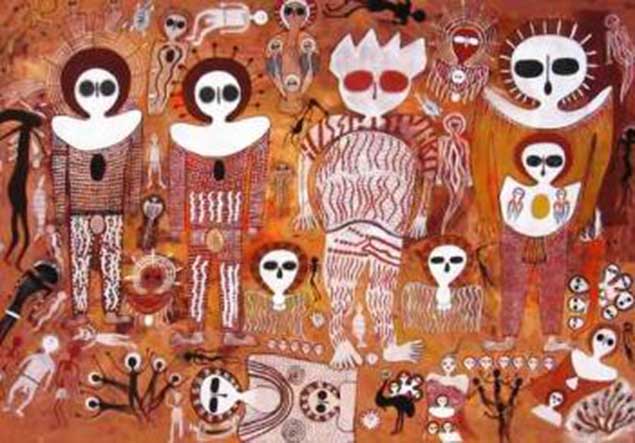
Wondjima’s images are often drawn as human heads with large, deep eyes, overwhelming the symmetry between the face and nose. They also don’t have mouths because the indigenous Australians believe that Wondjima is very powerful and that it would rain constantly if they could speak.
These faces are often white, with halos on their heads like astronauts’ hats.
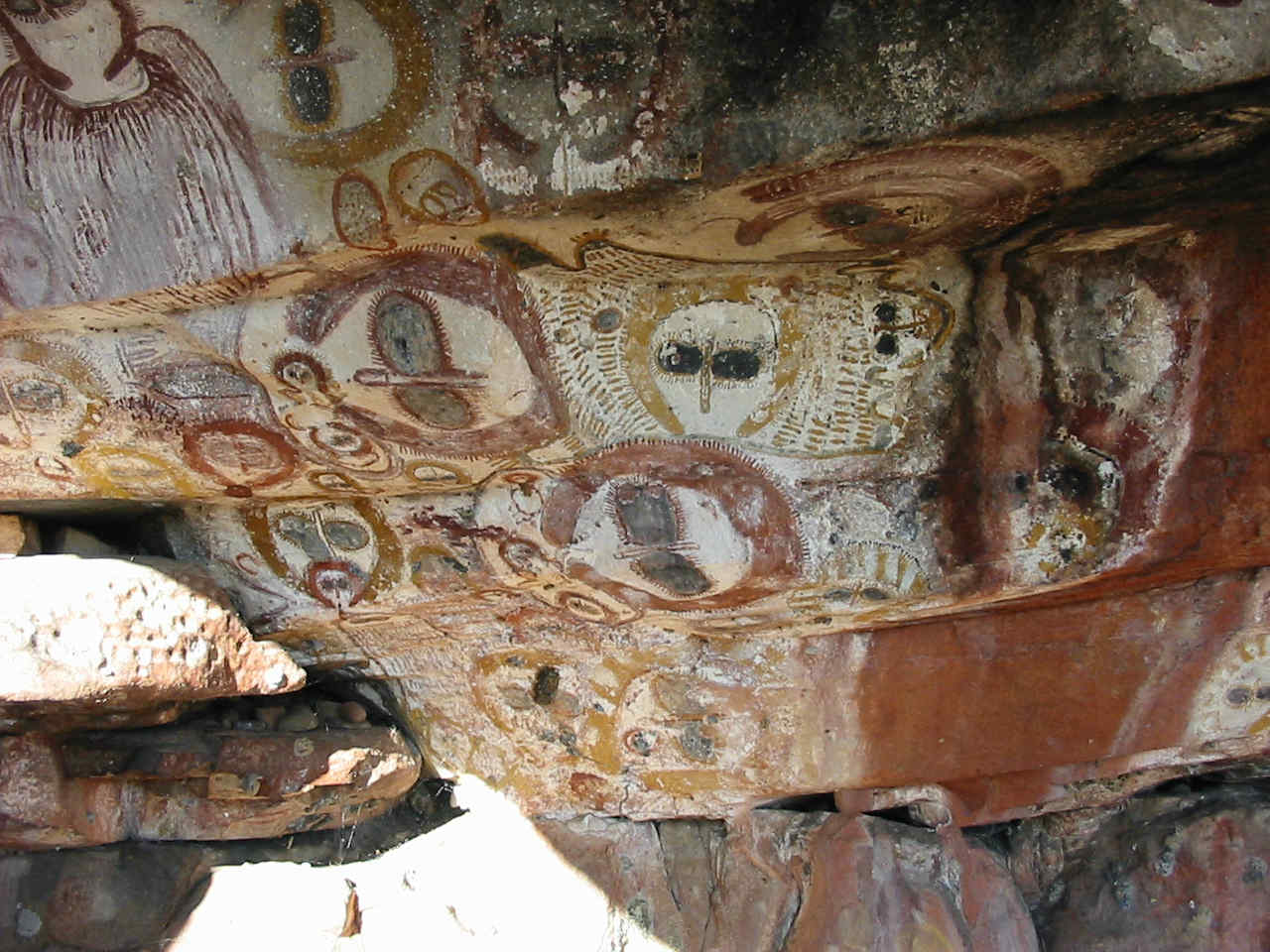
Although according to legend, the aborigines believe that this is the image of the Wondjina people that their ancestors once met and sketched, scientists believe that this is a stylized drawing of a human face or a human face. owl species.
Some people claim that these are portraits of aliens who visited Earth thousands of years ago!
Drawings from the Tassili cave (Algerian desert)
Found in the vast desert region of the Tassili plateau (Southeast Algeria), the images in these caves date back to 8,000 – 10,000 years BC. They are also the oldest open-air paintings in Africa and the largest prehistoric paintings on Earth.
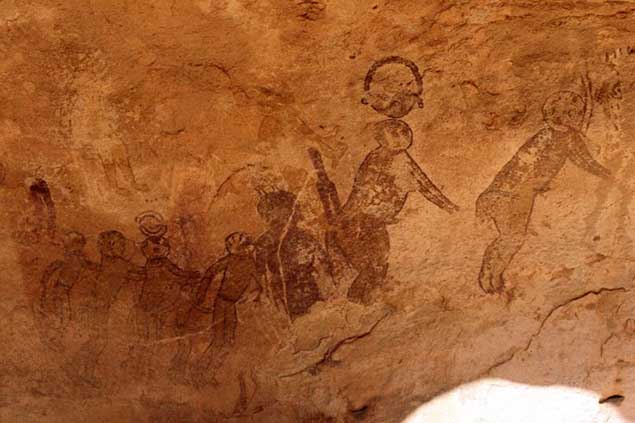
The giant paintings were painted by hunter-gatherers during the Round Head period in the Sahara desert. The subjects depicted by the aborigines are strange people with round heads and shapeless bodies, floating in space, wearing unusual costumes and wearing hats just like those of the aborigines. astronauts today.
On the wall of a famous cave named “The Great Lord of Mars” located in this mountainous area, there are images depicting an astronaut wearing an extremely large helmet of up to 5.5 meters – one size. much taller than people or animals drawn nearby.
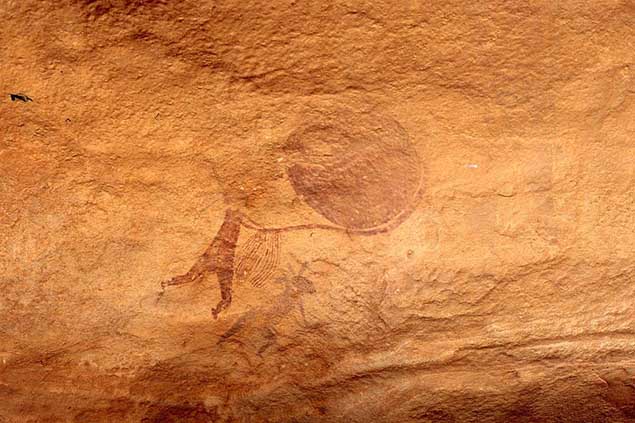
Some paintings even engrave a shape like a flying saucer behind the man’s back. This strange style leads to many questions, could it be that the aboriginal people themselves witnessed such huge creatures in ancient times?
And are these drawings evidence that alien travelers have interfered with human evolution? Although these hypotheses are still questionable, do you admit that these mysteries have made the history of Earth and humanity even more mysterious?
